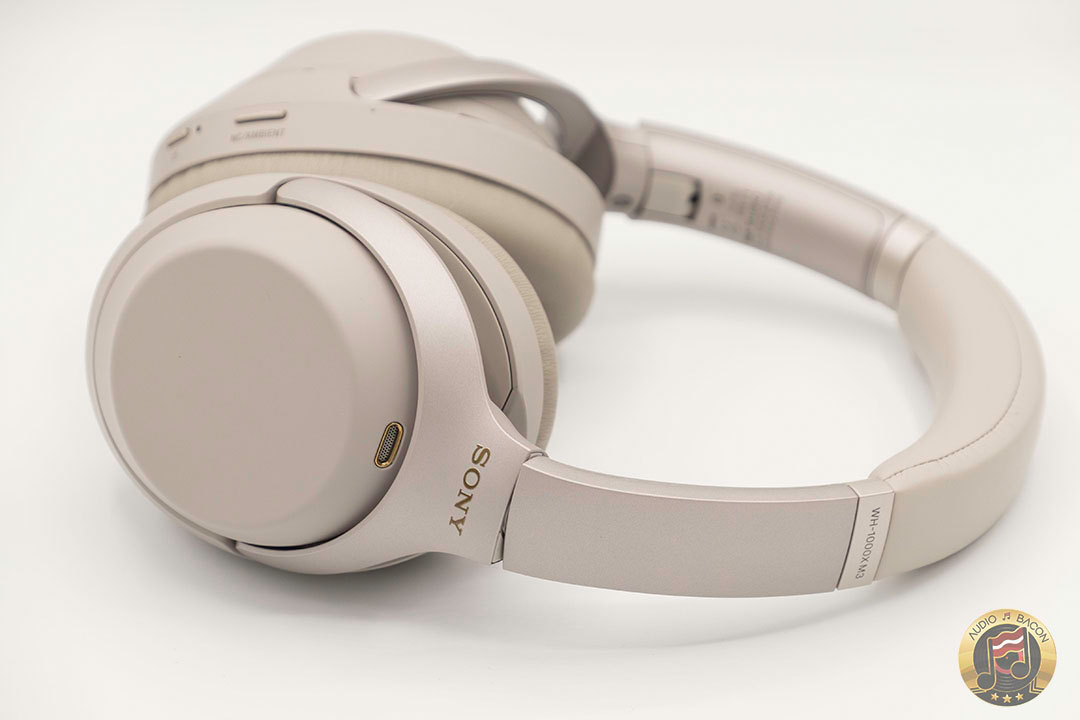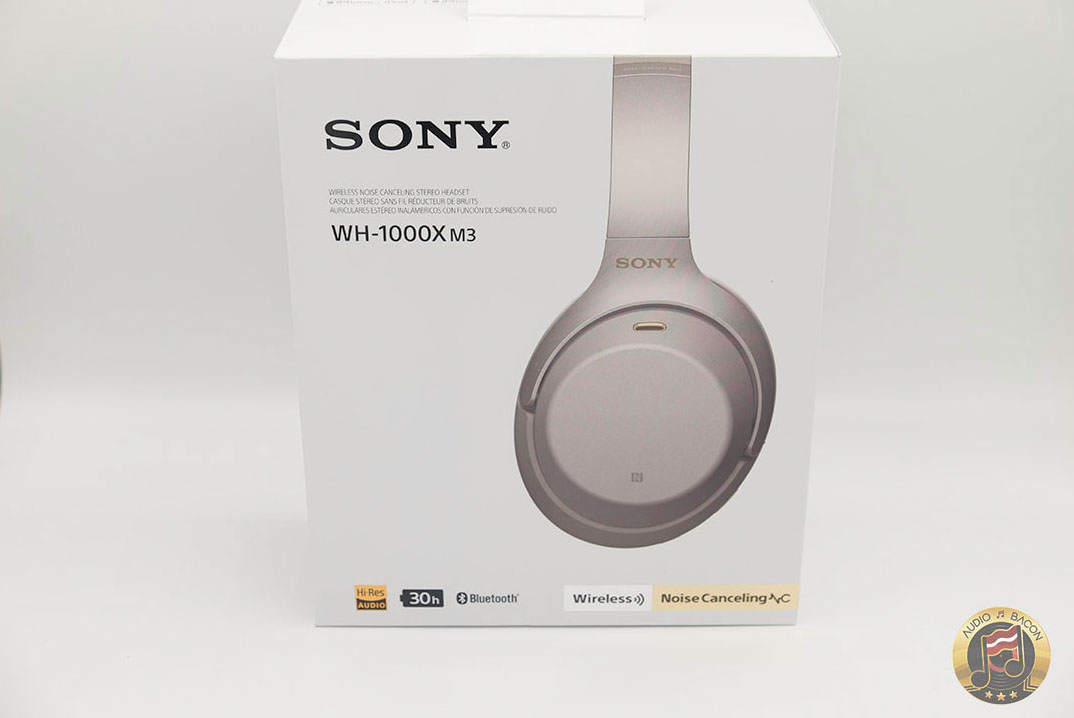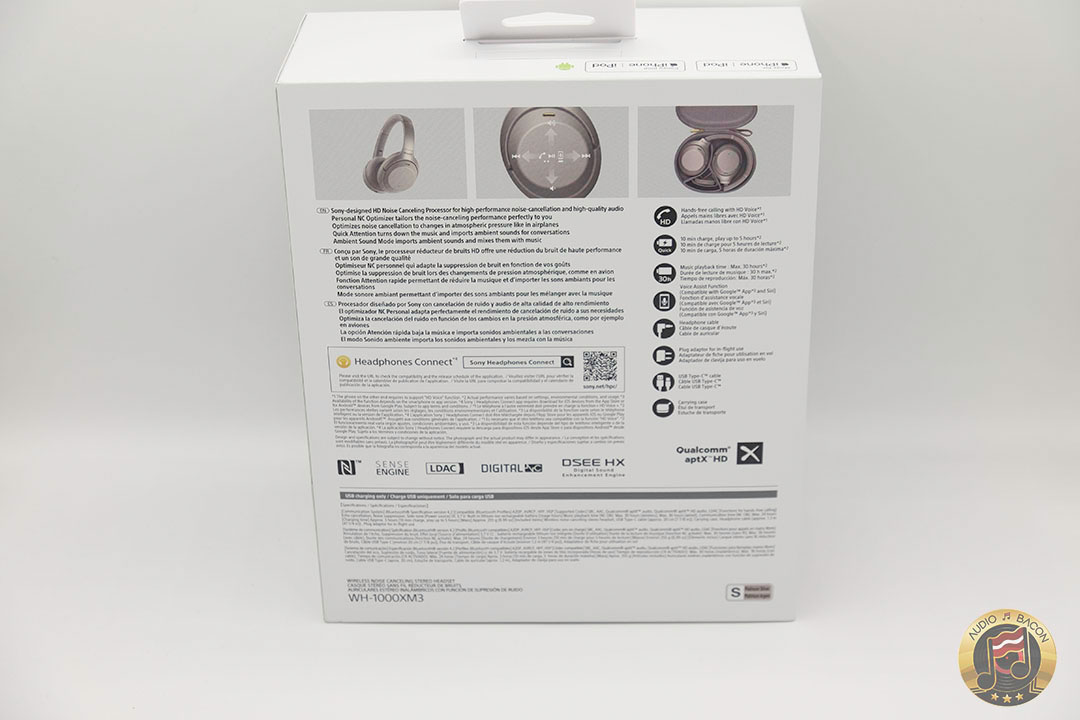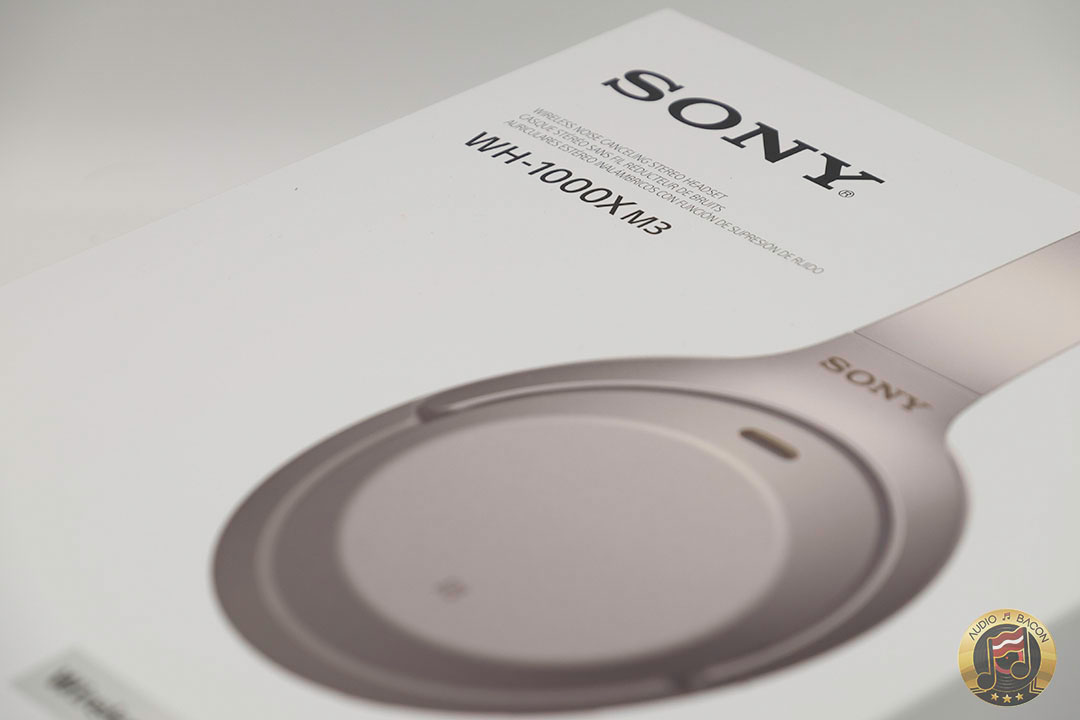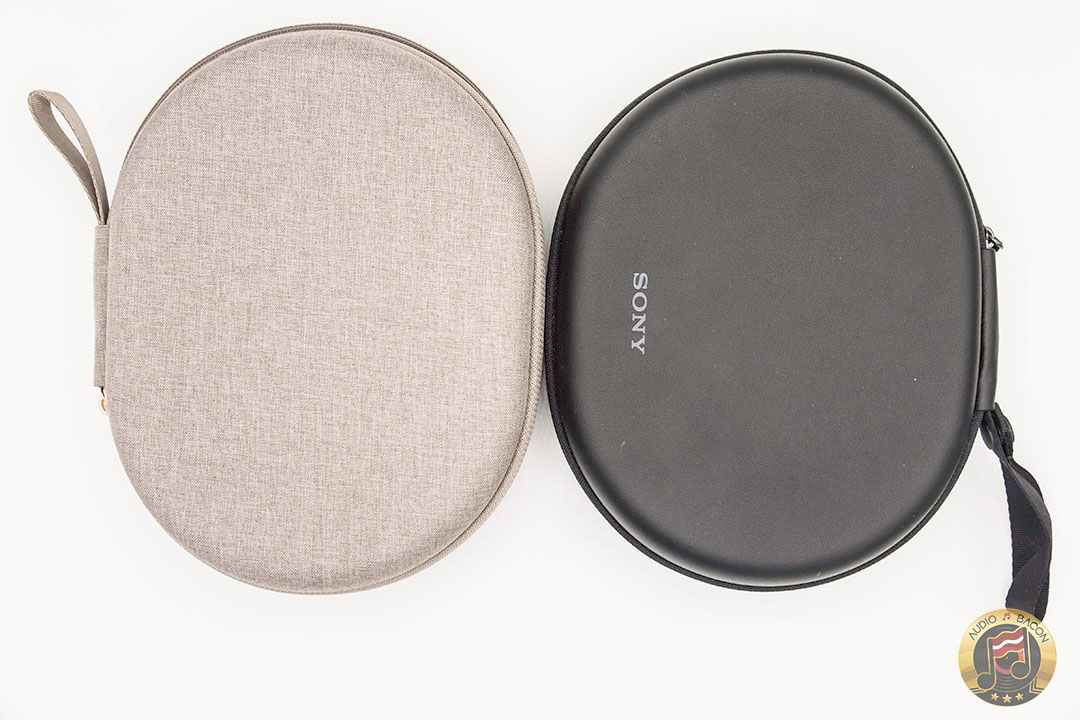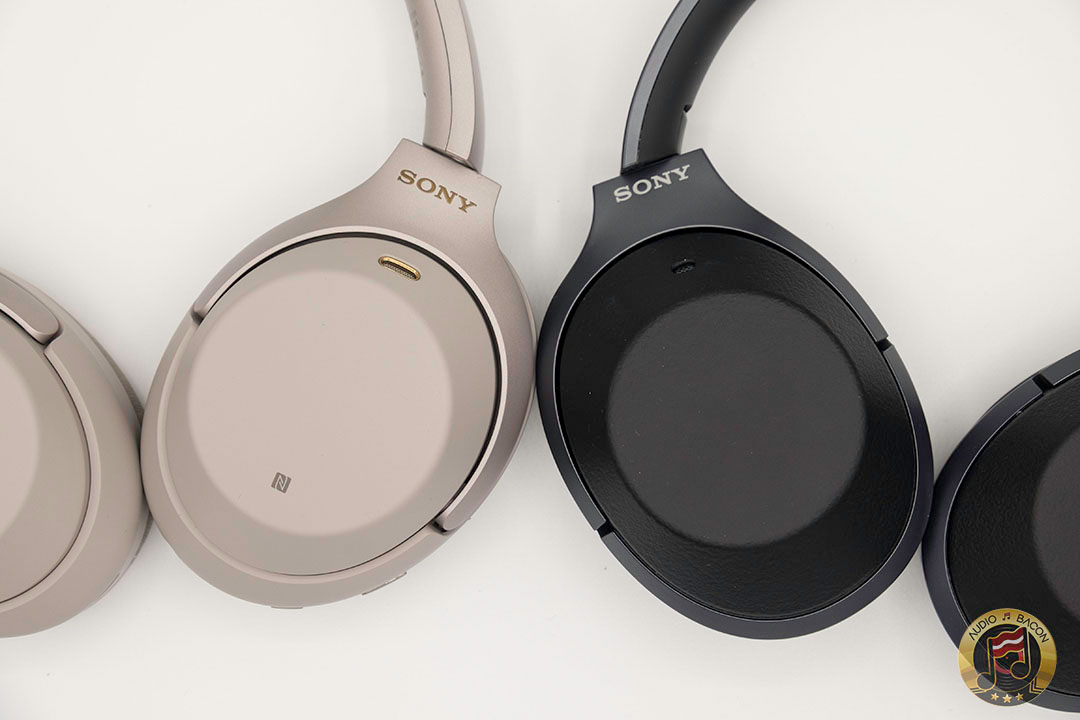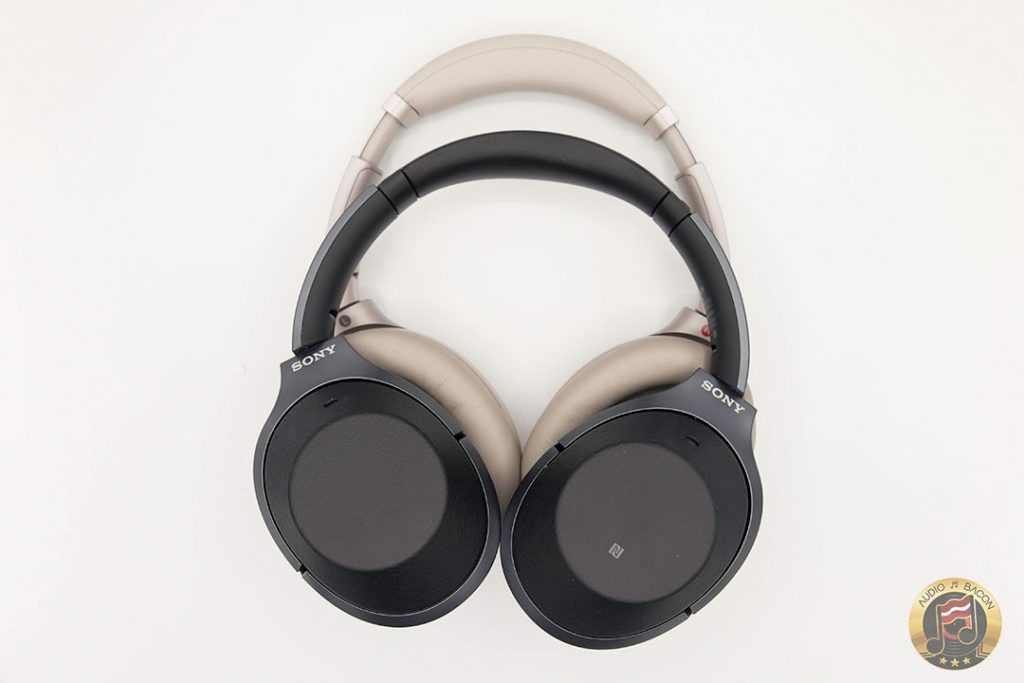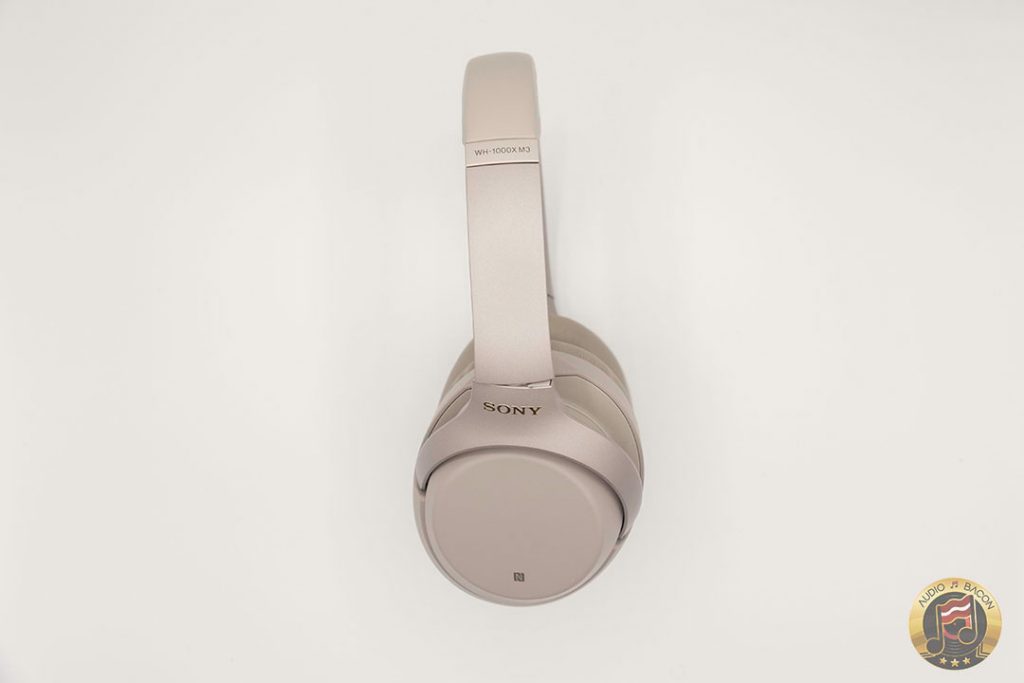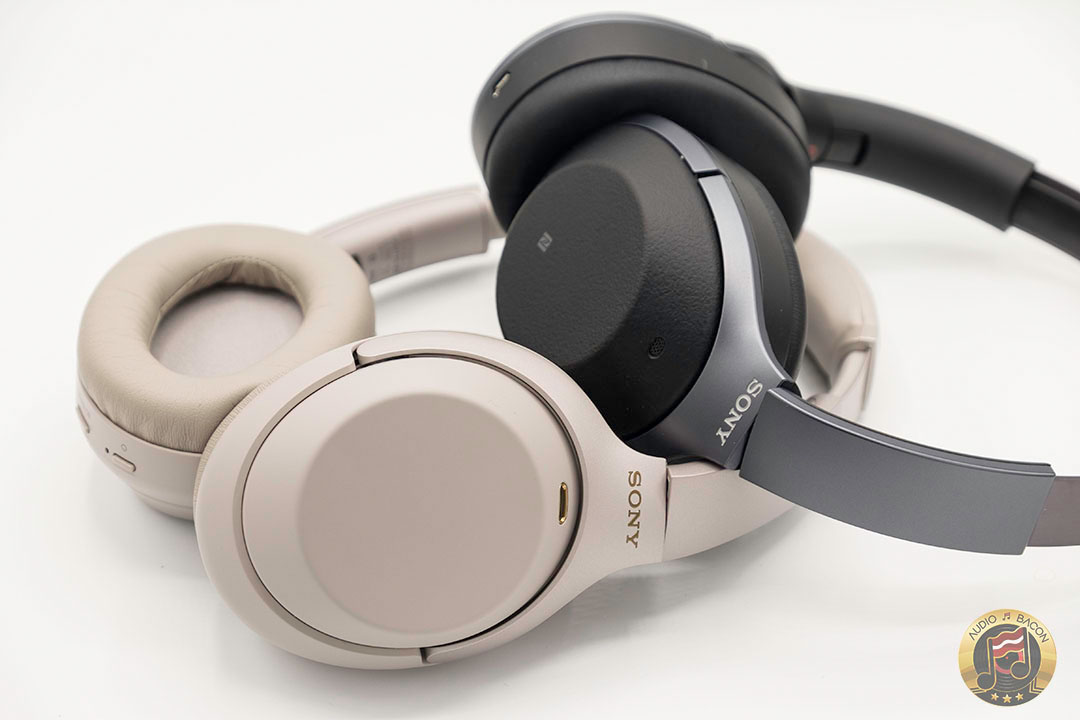SONY 1000X M3 REVIEW: SUPREME NOISE CANCELING
(0) - (0)
Sony WH-1000XM3 - 2018.09.19
#sony
#wh-1000xm3
#noiseCanceling
#Bluetooth
#Headphone
Sony WH-1000XM3
View
View AMP
Sony seizes the title for best noise-canceling cans with a winning redesign
There’s an enthusiastic “It’s a Sony” sticker on a kitchen wall in my childhood home. I put it there more than 20 years ago when my parents brought home a big-screen Sony TV and an accompanying Sony VCR. Since that day, I’ve owned a Walkman cassette player and a Walkman phone, a PlayStation, a NEX mirrorless camera, and an illogical desire for VAIO laptops. Like any child of the ‘90s, I grew up with Sony’s name being synonymous with the most desirable technology. This is why it’s such a nostalgic pleasure for me to today be reviewing a new Sony product that is the undeniable best in its category.
The Sony 1000X M3 over-ear, noise-canceling headphones are the third iteration of Sony’s already great 1000X series. The original 1000Xs cost a cent under $400 and were instantly among the best in their class. Sony seemed to find little room for improvement with its second-gen 1000X M2s, so it chopped $100 off the price and polished up a couple of technical aspects — though that came at the cost of some excitement in their sound. Just as it seemed as though Sony would slip behind the rapidly improving competition, however, the 1000X M3s arrive and rectify almost every issue the series has had so far, while splitting the cost difference between its predecessors with a sensible $349 price.
9VERGE SCORE

GOOD STUFF
- Extraordinary noise canceling
- Pillowy comfort
- USB-C charging and stupendous battery life
- Best sound from Sony’s 1000X yet
BAD STUFF
- Touch controls are still a pain
- Bass response could be cleaner and more defined
- Pads get sweaty on warm days
- Irritating blinking LED status light on left ear cup
Buy for $349.99 from Best Buy Buy for $348.00 from AmazonBuy for $349.99 from B&H Photo
Sony got two things very right with its first-gen 1000X headphones: the noise canceling and the fit. That’s why I find it surprising that the company has gone for a major redesign with its M3 generation: the physical design didn’t seem in need of much tweaking. But everything that Sony has changed has been for the better. It takes courage to tinker with a popular design and skill to actually improve on it.
EVERY CHANGE SONY MADE HAS BEEN FOR THE BETTER
Some 1000X M1 and M2 users had complained about the headband being susceptible to cracking (an issue I never encountered in months of contented use of those headphones), and they’ll be comforted to know Sony’s design shakeup has delivered a new headband with more padding. The updated headband has a more oblong shape than previously, which makes the headphones more discreet by fitting them closer to the wearer’s head. Even when they’re not being worn, the 1000X M3s are easier to grip and tote around because of their narrower shape, plus they still collapse down to fit into the provided compact carrying case.
:no_upscale()/cdn.vox-cdn.com/uploads/chorus_asset/file/12571443/jbareham_180823_2895_0052.jpg)
WHO IS NOISE CANCELING FOR?
Noise-canceling headphones used to be the exclusive preserve of frequent flyers who cared more about tranquility than sound quality or aesthetics. But, as the world has grown noisier and technology has gotten better, we all now demand and are getting noise-canceling cans that sound great and don’t look like a Volvo parked on your head. Whether at home, on the train, or in the office, noise canceling is fast becoming a must-have feature for over-ear headphones.
Bose and Sony are the premier brand in this space, but others like Bowers & Wilkins, Beyerdynamic, and Bang & Olufsen are offering compelling alternatives.
Somehow, Sony has reduced the weight of its latest 1000Xs while increasing the battery life. With noise canceling turned on, Sony now claims 30 hours of endurance, a full 50 percent more than the previous 20 hours. Even as someone who deals with the constant improvement of tech on a daily basis, I find this massively impressive. More on battery life later, but the new lighter weight truly elevates Sony’s headphones to the absolute top tier for comfort, whether you’re talking wired or wireless over-ear models. Bose’s QuietComfort 35s endure in popularity in large part because they’re so effortless to wear, and Sony goes that one notch higher.
When I reviewed the 1000X M2s, I noted that I wore them without a hint of discomfort for a full five-hour trip, and the M3s are even less intrusive. Sony has made the space for your ear inside the M3 pad a little deeper, and the pads themselves are designed to distribute pressure evenly. I’ve used these headphones across three different two-hour flights in the past week, and my colleague Chaim Gartenberg (who wears glasses) also found them exceedingly comfortable on the eight-hour journey from New York to Berlin. In fact, there’s not a member of the Verge staff that’s tried these headphones without falling in love with their fit and feel.
:no_upscale()/cdn.vox-cdn.com/uploads/chorus_asset/file/12571453/jbareham_180823_2895_0120.jpg)
Bose QuietComfort 35 II next to Sony 1000X M3.
Design critiques are hard to find, but I still have a few to offer. One is that the headband’s sizing adjustment slips out of position easily. If you’re super pedantic about setting your ideal fitting and never wanting it to change, that might irritate you. You don’t, however, have to be punctilious to be annoyed by the blue status LED on the left ear cup: this is a remnant of Bluetooth headphones of yore, and I’ve no idea why Sony keeps putting it on its latest headphones. Beyerdynamic recently showed off a much smarter design that put the LEDs on the inside of the ear cups. And the final issue I came up against with the 1000X M3s is that they do heat up and get sweaty on a warm summer’s day. This is the one aspect where I think Bose’s more airy QC35s have the edge over Sony and most of the rest of the competition.
PHYSICAL BUTTONS AND SWITCHES > TOUCH CONTROLS
I don’t expect everyone to agree with me on this point, but Sony’s touch controls remain the same as they ever were, and I remain fundamentally opposed to them. They’re reasonably functional: swipe up and down for volume, forward and back for track change, and double-tap the middle to pause, play, or pick up a call on your connected phone. The problem comes in when you’re rocking out to some track and you want to raise the volume but accidentally fast-forward to the next song. I did that more than once. There’s also a slight lag to the headphones recognizing double taps, leading to a recurring split-second of uncertainty anytime I want to control playback. Touch controls on headphones: cool when they work, infuriating when they don’t.
:no_upscale()/cdn.vox-cdn.com/uploads/chorus_asset/file/12571433/jbareham_180823_2895_0016.jpg)
:no_upscale()/cdn.vox-cdn.com/uploads/chorus_asset/file/12571435/jbareham_180823_2895_0029.jpg)
:no_upscale()/cdn.vox-cdn.com/uploads/chorus_asset/file/12571439/jbareham_180823_2895_0041.jpg)
We have to talk about Sony’s noise canceling. It’s unreal. It’s like noise insulted Sony a long time ago and Sony retreated to its dojo for many years, trained hard, and then came back to kick noise’s butt. Bose, Sennheiser, AKG, Bowers & Wilkins, Bang & Olufsen — name any company that produces noise-canceling headphones, and I guarantee you that its noise canceling is not as good as Sony’s. There’s a new dedicated chip just for processing the noise canceling inside the M3s, and I’m convinced that chip alone is worth the price of admission with these new 1000Xs.
THE NEW HIGH-WATER MARK FOR NOISE-CANCELING PERFORMANCE
Some headphones, I wear because I have to. (I know, it’s a tough job I have!) Others, even when I’m reviewing them, I just wear because I enjoy them. With the Sony 1000X M3s, the latter is universally true. They even nudged out my AirPods, which are the buds I usually opt to wear when I’m tired and intolerant of any discomfort in fit or sound. Sony’s cans give me the extra benefit of obliterating the noise around me — which is an advantage anyone can appreciate in almost any circumstance.
As I write this review, I can’t hear my fingers typing on the Apple Magic Keyboard. Or the creaky floor disturbed by my upstairs neighbors. Or my other neighbor’s kids playing in their backyard. It’s just silence. It’s bliss.
:no_upscale()/cdn.vox-cdn.com/uploads/chorus_asset/file/12571437/jbareham_180823_2895_0037.jpg)
The sound of the M3s marks an important improvement over the M2s. I found Sony’s prior edition deadened the vocals and rendered music unexciting. This update fixes that and goes a step further in delivering the most coherent, pleasing, and simply best sound that Sony has produced with its 1000X series. The highs are present but restrained, the vocals and mid-range have been brought back to life, and the bass is voluminous. Sony’s tuning is like a big, warm hug.
WHERE THE MUSIC CALLS FOR A PENCIL LINE, SONY USES A THICK MARKER PEN
The bass is technically bad: thick and distorted. Where the music calls for a pencil line, Sony uses a marker pen. Bass-heavy tracks like Tricky’s “Somebody’s Sins” will even make the headphones gently vibrate. But you know what, every other headphone maker in this class also boosts the bass — and what’s more, I like it. I don’t need to watch Roger Federer play to enjoy a game of tennis, and I similarly don’t need the purest and truest reproduction of a song to bop my head to it. Sony is beating Beats at its own game here, because I much prefer Sony’s M3 sound to that of the Beats Studio 3 or Solo 3.
The Bowers & Wilkins PX is an intriguing rival to the Sony 1000X M3, because, in my estimation, it still has a more incisive and exciting sound. But a pair of PX cans costs $390, weighs significantly more, doesn’t fit everyone as well as Sony’s alternative, and doesn’t collapse down. The things that were forgivable about the PX last year are less so now that Sony’s updated 1000Xs are out. This is a general theme when comparing the M3s against their most direct rivals: Sony’s fast rate of updates is keeping it on the cutting edge of a fast-moving market, and companies like Bose are starting to fall behind.
:no_upscale()/cdn.vox-cdn.com/uploads/chorus_asset/file/12571431/jbareham_180823_2895_0005.jpg)
There’s great synergy between Sony’s unmatched noise canceling, thoroughly optimized physical design, and friendly audio tuning. Because of the powerful noise isolation, I don’t ever need to turn the volume up to high levels, and the blank canvas of background silence renders all music more realistic, nuanced, and detailed. Sony complements this by doing some digital processing to artificially expand the soundstage of its headphones. It seems like the 1000X M3s detect where in the mix each sound and instrument belongs, and if it’s on the left or right side, the headphones push it out a little bit further to give the impression of depth and expanse. It’s a neat trick. Combining the comfortable listening experience with the comfortable fit just makes these headphones extremely inviting.
RANGE ANXIETY IS NOT AN ISSUE WITH THESE HEADPHONES
Sony’s claimed 30-hour battery life is, in all honesty, not something I’ve been able to fully test. Do you know how long 30 hours is when using headphones conventionally? It’s been 10 days since I fully charged the 1000X M3s, in which time I’ve used them on three flights, daily walks, and casual listening at home, and they’ve still got 50 percent of their battery left. Even if you use these on your daily commute to and from work, you’re likely to go well over a week before needing to recharge. It’s safe to say that range anxiety will not be an issue with these headphones.
:no_upscale()/cdn.vox-cdn.com/uploads/chorus_asset/file/12571447/jbareham_180823_2895_0083.jpg)
I have to commend Sony for making the glorious switch to USB-C for its charging port. Most headphone companies are still dragging their feet about this change, with one recently telling me that USB-C costs four times as much as MicroUSB charging. But Sony’s 1000Xs are competing against premium headphones, where there’s obviously enough padding in the profit margin to make the upgrade. On the rare occasions when I need to recharge the M3s, I no longer have to hunt around for my one legacy cable. I can just pop my phone’s charger into them. If you use Sony’s charger, you can also get fast charging that will give you 5 hours of music playback from just 10 minutes plugged in. The only thing missing here is the ability to plug in a digital music source via the USB-C port, for a wired connection for those among us whose phones lack headphone jacks.
EASY TO RECOMMEND, HARD TO PUT DOWN
The 1000X M3s automatically switch themselves off after five minutes of inactivity, which is cool for energy preservation, but a bit irksome if you just want to use their noise canceling without playing any sound. (Update: as readers have pointed out, Sony’s companion mobile app lets you disable this feature). Sony has also brought back its ear-cupping gesture, which lets you cover the right 1000X cup with your hand to activate the built-in mics and hear the ambient sound around you. Speaking of microphones, calls with the 1000X M3s are clear and well handled, plus the headphones have a trigger button to launch Google Assistant or Siri on your paired smartphone, if you’re into that kind of thing. Wireless connections are also top notch, with zero dropouts or issues during my testing. Just that silly blinking LED light.
:no_upscale()/cdn.vox-cdn.com/uploads/chorus_asset/file/12571451/jbareham_180823_2895_0090.jpg)
Owners of the 1000X M1s or M2s pondering whether there’s enough here to justify an upgrade should ponder no more. Sony’s 1000X M3 is meaningfully better than both its predecessors as well as the vast majority of other wireless, noise-canceling headphones.
It’s remarkable to pick up these headphones, weigh them in your hand, and consider all the processing and wireless technology contained within them. For years, the preemptive grievance with wireless cans has been the regular need to recharge them and the added heft of having to carry batteries inside them. This pair of Sony headphones puts an end to those complaints.
Even as Sony ascends to the throne of the undisputed noise-canceling champion, compelling rivals are already in the works. The title of best pair of headphones in this class seems to be changing hands every few months, which is a function of the category evolving and improving faster than anything else in tech. Yes, that means any purchase you make today is liable to be surpassed by an even better model pretty soon, but it also means we’re all getting better choices when going out to get our next pair of headphones.
View
(
0) liked
(
0) commented
After you login, you can see the comments and like the post. Login
















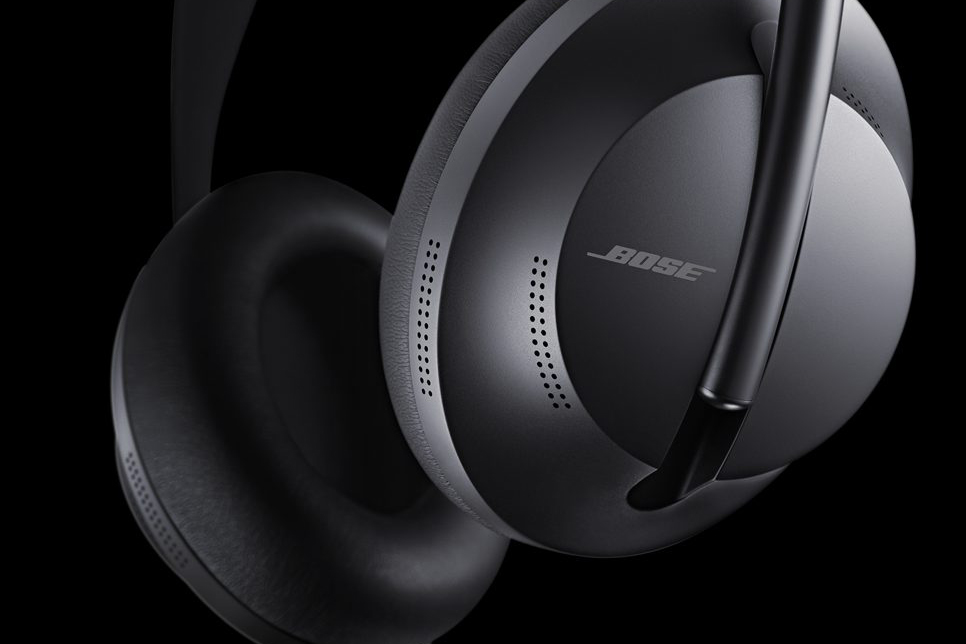





:no_upscale()/cdn.vox-cdn.com/uploads/chorus_asset/file/12571443/jbareham_180823_2895_0052.jpg)
:no_upscale()/cdn.vox-cdn.com/uploads/chorus_asset/file/12571453/jbareham_180823_2895_0120.jpg)
:no_upscale()/cdn.vox-cdn.com/uploads/chorus_asset/file/12571433/jbareham_180823_2895_0016.jpg)
:no_upscale()/cdn.vox-cdn.com/uploads/chorus_asset/file/12571435/jbareham_180823_2895_0029.jpg)
:no_upscale()/cdn.vox-cdn.com/uploads/chorus_asset/file/12571439/jbareham_180823_2895_0041.jpg)
:no_upscale()/cdn.vox-cdn.com/uploads/chorus_asset/file/12571437/jbareham_180823_2895_0037.jpg)
:no_upscale()/cdn.vox-cdn.com/uploads/chorus_asset/file/12571431/jbareham_180823_2895_0005.jpg)
:no_upscale()/cdn.vox-cdn.com/uploads/chorus_asset/file/12571447/jbareham_180823_2895_0083.jpg)
:no_upscale()/cdn.vox-cdn.com/uploads/chorus_asset/file/12571451/jbareham_180823_2895_0090.jpg)
